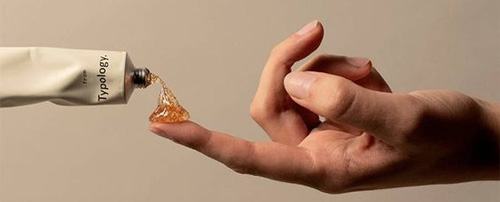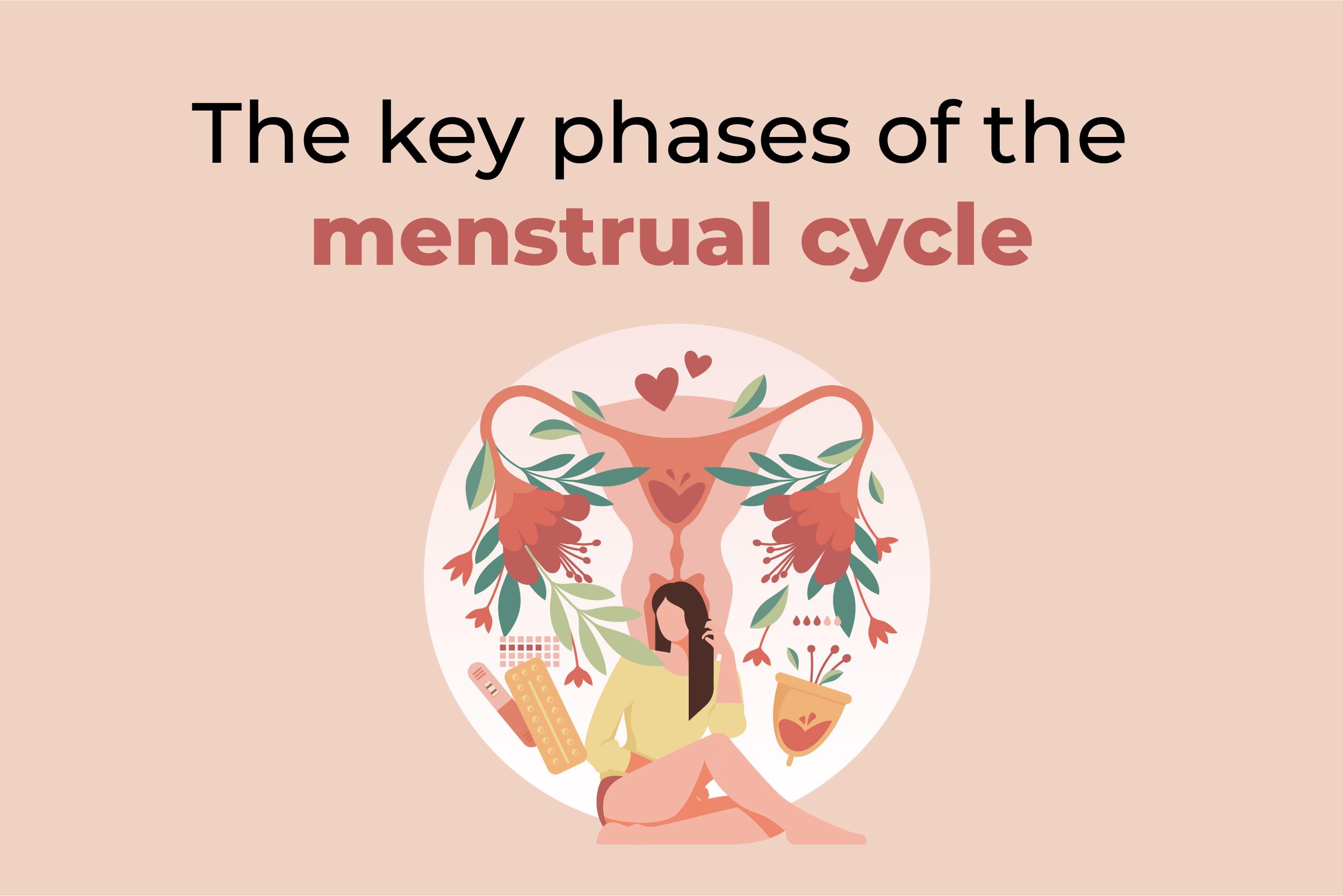Menstruation
In a life cycle, a woman’s body is vulnerable to various changes. The cycle of these changes occurs in women every month, positively for pregnancy, which is called the menstrual cycle in women. When an ovum is unfertilized, the uterus lining sheds and leads to a bleeding, called menstruation.
Menarche typically occurs between the ages of 10 and 15, but it can happen earlier or later for some girls. Factors such as genetics, nutrition, and overall health can influence the timing of menarche.
Menopause, on the other hand, usually occurs around the age of 50, but the range can be from the late 40s to the early 60s. Menopause is a natural biological process marking the end of a woman’s reproductive years. It is denoted as the absence of menstrual periods for 12 consecutive months.
It’s essential to recognize the diversity in the timing of these biological events and not consider them as fixed milestones for every individual. Each person’s development and experiences can be unique.
The first day of bleeding is marked as the first day of a menstrual cycle and the period from one menstrual cycle to another can vary from 28 to 30 days.
Before discussing the different phases of the menstrual cycle in women, it is important to have a glimpse of the female reproductive system and organs involved in this cycle. They mainly include:
- A pair of ovaries that store, nourish, and release ova.
- Uterus (womb), where implantation of a fertilized egg takes place and the fetus develops.
- Pair of the fallopian tubes connecting the ovaries and uterus.
The count of the ovum in each ovary is decided and fixed before the birth of a girl. As she reaches puberty, hormones stimulate the development and release of one ovum per month. This continues till menopause.
Phases of the Menstrual Cycle
The menstrual cycle is divided into four phases, namely:
- Menstrual phase: On day 1, the uterus lining which is prepared for implantation starts to shed which lasts 3 to 5 days.
- Follicular phase: In this phase, the primary follicle starts developing into a mature Graffian follicle. The endometrium also starts proliferating. The uterus starts preparation for another pregnancy.
- Ovulatory phase: Mid-cycle phase, this is the phase in which ovulation takes place i.e., days 13-17. The end of the follicular phase along with the ovulation period defines the fertilization period.
- Luteal phase: It is the post-ovulation phase, where the fate of the corpus luteum is decided. If fertilization occurs, pregnancy starts. If fertilization doesn’t occur, it marks the onset of another cycle.
Role of Hormones in Menstrual Cycle
The chemical messengers in our body called hormones, released by various endocrine glands are responsible for many changes in the human body. Menstruation is a slave to certain hormones. Every phase of the menstrual cycle is influenced by female hormones namely estrogen, progesterone, FSH, and LH. The variation in the level of each of these hormones decides the phase that a girl undergoes.
Follicle-stimulating hormone (FSH) and luteinizing hormone (LH) are Covered by the anterior pituitary. FSH stimulates the growth of ovarian follicles that secrete estrogen. Progesterone is secreted by the corpus luteum.
The secretion of FSH and LH gradually increases during the follicular phase. They stimulate the development of follicles and the release of estrogen from them. Estrogen stimulates the proliferation of the endometrium. The level of LH and FSH peaks in the middle of the cycle. LH induces ovulation. There is a sudden surge in LH level just before ovulation. After ovulation, the ruptured follicle develops into the corpus luteum, which secretes progesterone, hence the level of progesterone increases in the luteal phase. Progesterone is required for the maintenance of the endometrium for implantation. In the absence of fertilization, the corpus luteum regresses and the progesterone level decreases. It leads to the dissolution of the endometrium and menstrual flow occurs.


